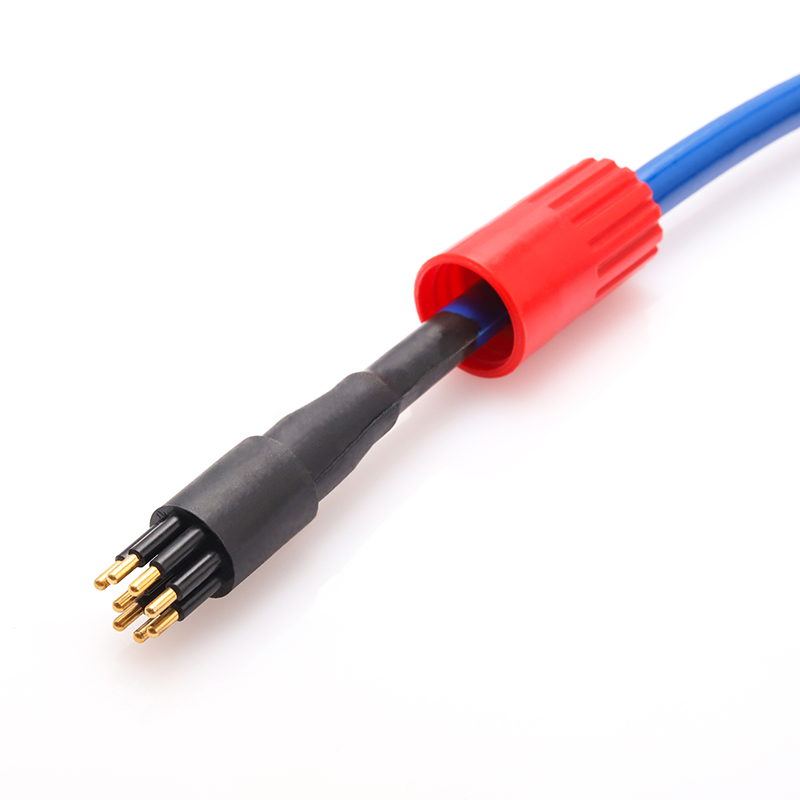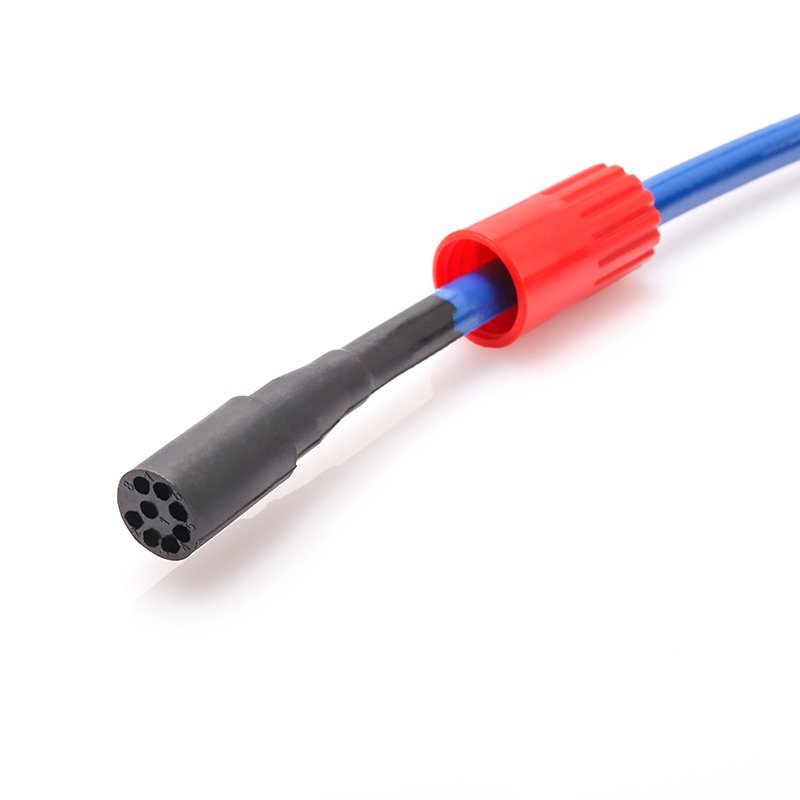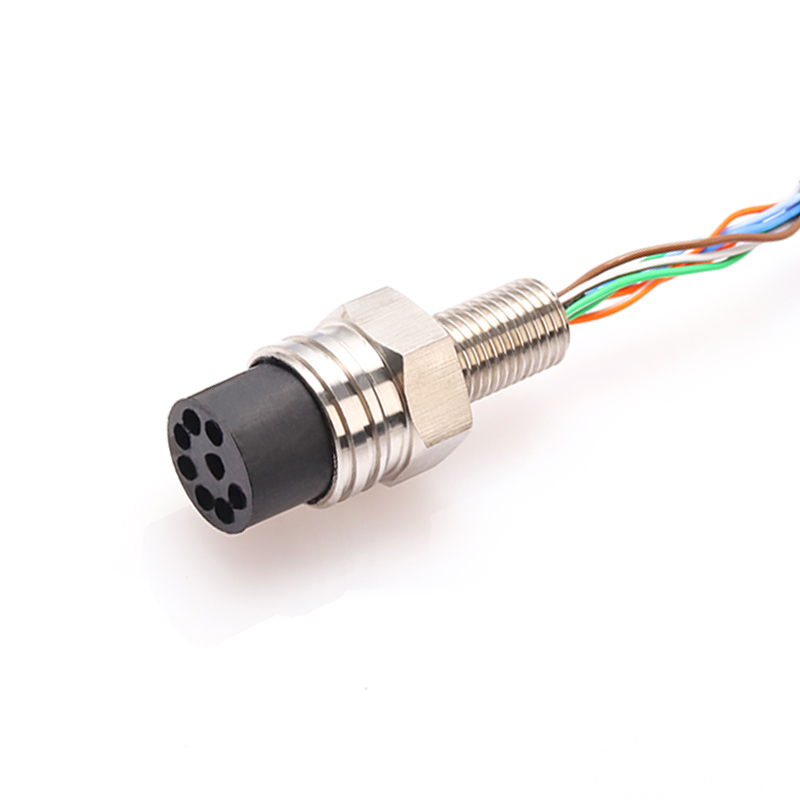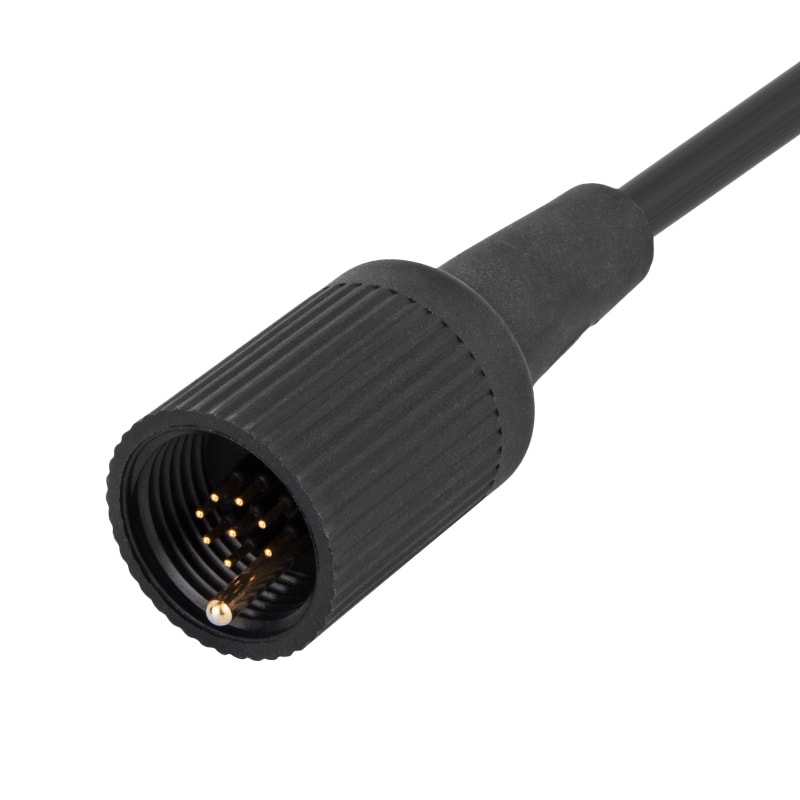Marine Cable Installation and Maintenance: Best Practices for Safety and Performance
Views: 466
Author: Site Editor
Publish Time: 2025-04-02
Origin: Site
Marine environments are challenging, with harsh conditions like saltwater exposure, UV radiation, and mechanical stress. Proper installation and maintenance of marine cables are essential for ensuring the safety, functionality, and longevity of the equipment aboard ships, yachts, and offshore platforms. This guide explains the key aspects of marine cable installation and maintenance, highlighting best practices for compliance and reliability.
Marine Cables: Designed for Harsh Environments
Marine cables are built to withstand the demanding conditions found at sea. They are commonly used in fishing vessels, oil tankers, bulk carriers, yachts, and offshore drilling rigs.
Why Are Marine Cables Unique?
These cables are engineered to resist saltwater corrosion, UV damage, mechanical stress, and potential fire hazards. With the increasing use of electronic devices on ships, shielded and VFD (variable frequency drive) cables are often required. These cables reduce electromagnetic interference and ensure seamless operation of electrical systems.
Protecting Cables During Installation
Marine cables must be routed carefully to avoid damage. Sharp bends, excessive heat, and mechanical stress should be avoided. It’s also important to protect them from hazards like anchors, fishing gear, and underwater obstructions. Proper routing ensures that cables remain functional and safe throughout their service life.

Installation in Compliance with Standards
To ensure safety and reliability, marine cable installations must meet specific international standards. Adhering to these regulations guarantees compliance with safety, legal, and performance requirements.
Key Standards for Marine Cables:
The International Electrotechnical Commission (IEC) 60092 standards are the global benchmark for marine cable installation. Some important parts of this standard include:
IEC 60092-350: General construction and test methods for shipboard and offshore cables.
IEC 60092-352: Guidelines for selecting and installing electrical cables.
IEC 60092-353: Standards for single- and multicore power cables with insulation for voltages up to 3 kV.
IEC 60092-354: Standards for higher voltage power cables (6 kV to 30 kV).
IEC 60092-376: Specifications for cables used in control and instrumentation circuits.
Using cables that comply with these standards ensures durability, safety, and optimal performance in marine environments.
Maintenance Is Essential for Long-Term Performance
Proper installation is only the first step. Regular maintenance is crucial to ensure that marine cables perform reliably and safely over time.
Inspection and Testing
After installation, regular inspections should be performed by qualified personnel. These inspections should include:
Visual Checks: Look for signs of damage, wear, or corrosion.\
Electrical Continuity Tests: Ensure the cables are transmitting signals or power effectively.
Insulation Resistance Measurements: Check the insulation for any degradation.
Prompt Repairs and Replacements
If damage or deterioration is found, repairs or replacements should be done immediately. Delays can lead to serious safety issues and may compromise the functionality of the vessel.

Choosing the Right Marine Cable
Selecting high-quality cables is just as important as proper installation and maintenance. Look for cables that:
Comply with IEC 60092 standards.
Are certified by relevant marine verification bodies.
Are designed specifically for the harsh conditions of marine environments.
Custom solutions, such as underwater cables and connectors, may be necessary for specialized applications.
Why Choose Amissiontech for Marine Cables?
At Amissiontech, we specialize in providing custom underwater cables and connectors designed to meet the toughest marine challenges. Whether you need cables for yachts, offshore platforms, or industrial vessels, Amissiontech has the expertise and solutions to meet your needs. Contact us today to learn more about our marine cable products and services. Let us help you ensure the safety and success of your marine projects.

 EN
EN DE
DE JP
JP ES
ES SE
SE FR
FR IT
IT CN
CN 한국어
한국어 ภาษาไทย
ภาษาไทย بالعربية
بالعربية Nederlands
Nederlands Türkçe
Türkçe Język polski
Język polski Tiếng Việt
Tiếng Việt Zulu
Zulu Bahasa Malay
Bahasa Malay




